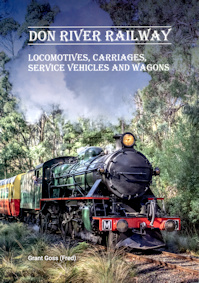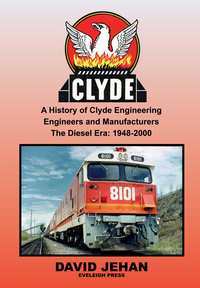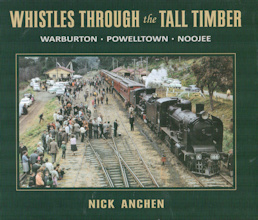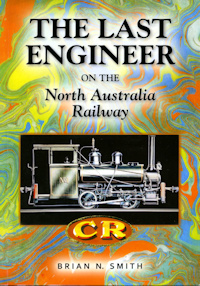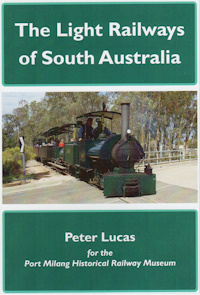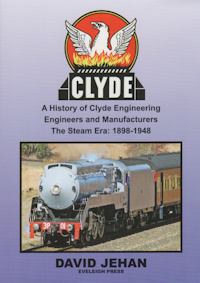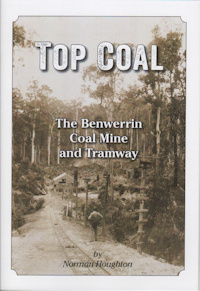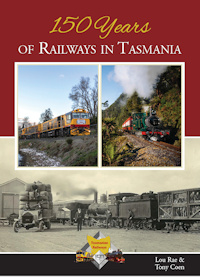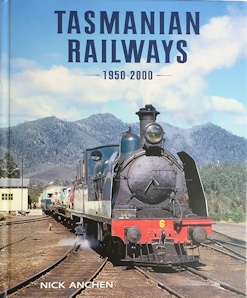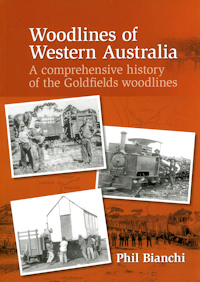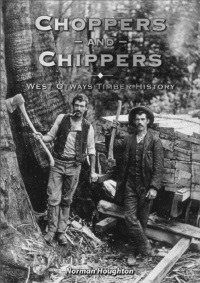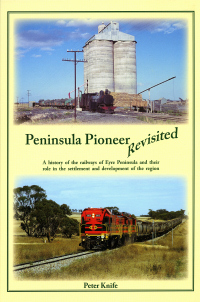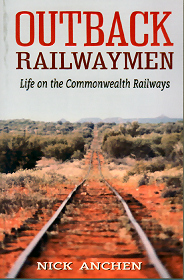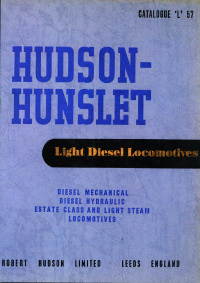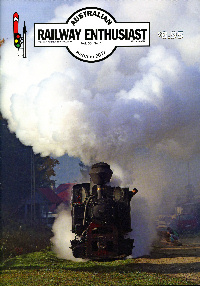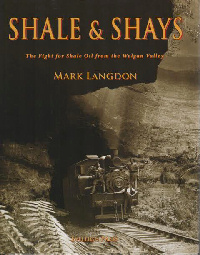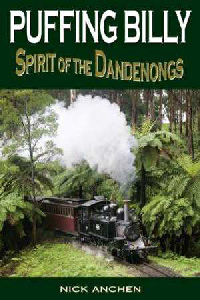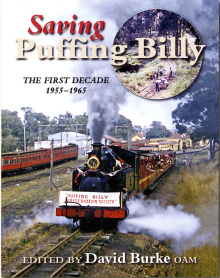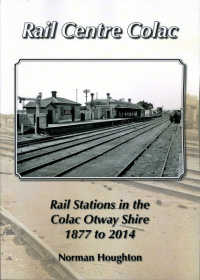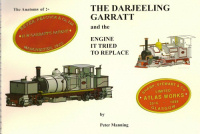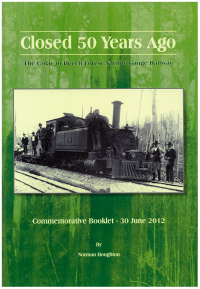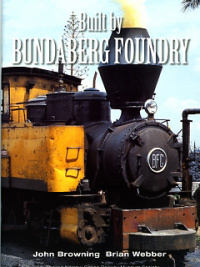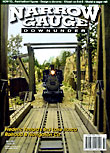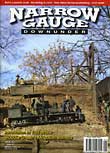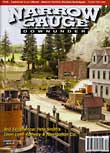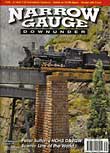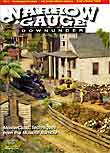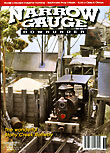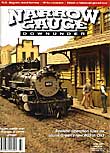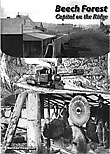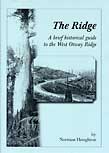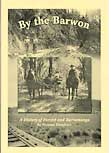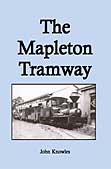 The Mapleton Tramway The Mapleton Tramway
The line of the diminutive Shay locomotives
By John Knowles
Published by the author
92 pages, A4 size, plus card cover, 81 illustrations, references, and index.
The Mapleton Tramway was an 18 km long 2 ft gauge railway, which climbed the Highworth and Blackall Ranges, west of Nambour, and about 110 km north of Brisbane, Queensland. In many places the line was located on shelves in the mountainsides with magnificent views over the coastal lands to the sea. It used steep gradients and very sharp curves, and reached 380 metres (1247 ft) altitude.
The line was built over the first range by the Moreton Central Sugar Mill Company of Nambour between 1897 and 1904 to tap what it was hoped would become sugar growing lands. Building that section severely damaged the finances of the company. It was extended to the top of the second range at Mapleton by the Maroochy Shire Council in 1914-15, the Shire having purchased the section already built by the mill company.
The company portion was initially operated by horses and gravity, but that was very expensive, and eventually a Shay geared locomotive was obtained. The Shire bought a second such locomotive. The line as extended was used to haul sugar cane, logs and sawn timber, fruit, cream, small livestock and supplies, as well as passengers and mails. With its poor alignment, the very slow speed of the geared engines, and the stops en route, the journey took two hours.
With the light loads possible on each tram, the need to tranship some of the traffic to or from the 3 ft 6 ins gauge Queensland Railways at Nambour, and the development of road transport the line was outdated almost from the time it was built.
It had to be supported financially by ratepayers. The Council kept it running only while revenue paid the working expenses, something which was prolonged a little by the shortages of World War II. It was closed at the end of 1944, but it was not until 1966 that the Shire paid the last of its debt.
This book includes a detailed description of the route, and gives an interesting insight into the strengths and weaknesses of the Shay geared locomotives. Train operations are described, including the excursions operated at weekends which connected with QR trains.
An interesting feature of the line was the private siding to the general store at Mapleton, where goods were unloaded from the daily tram across the store verandah.
The illustrations include five aerial photographs of the route in 1940, four maps of the route, and six scale drawings of the rolling stock and one of the locomotives.
$A28.50 plus postage (Weight 480 gm)
[price to LRRSA members $A25.65 plus postage]
|


